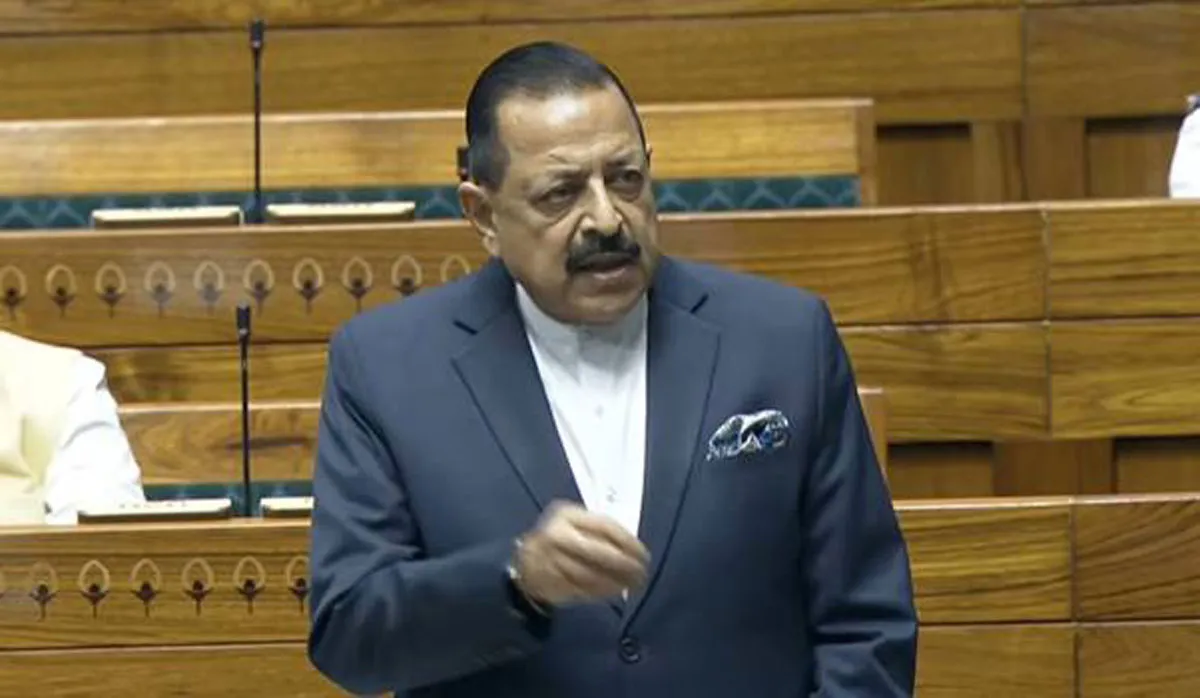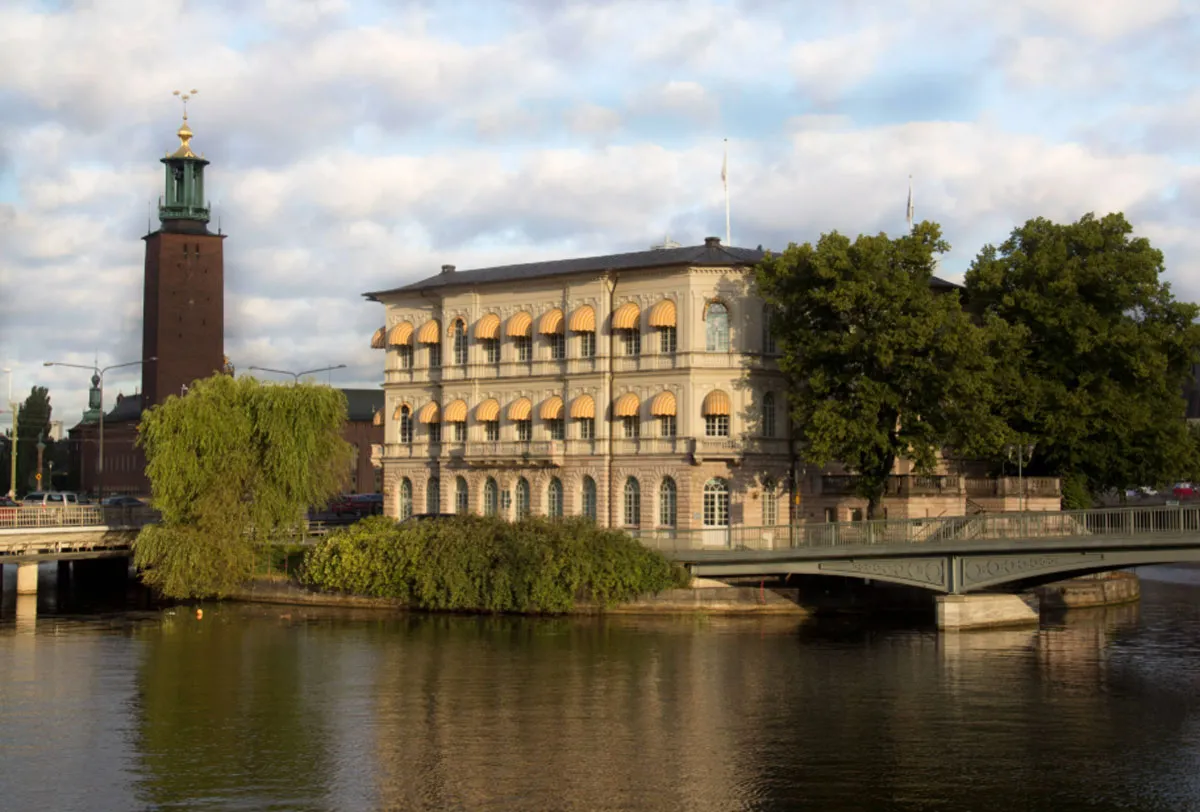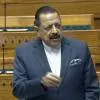R Ravi Sankar, General Manager and Head - HRD, Tata Projects Ltd in Hyderabad, discusses the company’s people processes.
JRD Tata believed in a simple philosophy and practised it: ‘Get the best people and then set them free.’ This is the value system in all Tata Group companies. The organisation’s ability to empower its people and the freedom and autonomy that employees enjoy in the workplace help engage them completely in the pursuit of business imperatives.
In today’s corporate world, an organisation’s sustainability is measured by how effectively employees are engaged and how satisfied they are. Other parameters to be examined are attrition level of high performers, longevity of employees in the organisation, how many top-level positions are occupied with inbred talent and the succession planning process in place. Parameters for employee engagement span people processes such as role clarity, empowerment and delegation, career progression, job rotation across functions and building capabilities among the workforce with skills current to the business needs of the organisation.
In its constant endeavour to become a preferred employer, Tata Projects Ltd (TPL) constantly embarks upon improved people practices. The engagement for a new entrant starts with an assigned ‘buddy’ on Day 1, followed by a three-day structured induction programme that includes cultural immersion besides business processes. Induction from campuses across the country ensures a home-grown talent pipeline as well as diversity. Fresh talent and lateral inductees are integrated into teams with employees with a longer stint with the organisation. This facilitates knowledge transfer supported by mentoring. Also supporting knowledge management are Gyan Sagar, the knowledge management portal; Surabhi, the daily e-zine; and capture of tacit knowledge from departing employees.
Alignment to business plans is brought about by cascading the plans through a ‘balanced score card’ (BSC) at the corporate and strategic business unit (SBU) levels, which are further cascaded through the ‘key result area’ (KRA) setting process. Clearly defined KRAs and standardisation of KRAs for unique positions ensure role clarity and a clear definition of job roles and the deliverables expected of each associate.
A clearly laid out ‘position information form’ (PIF) defines the job role, job description and competencies required for each position. Integration of these PIFs across recruitment, selection, on-boarding, performance management system (PMS) and training processes ensure uniformity, identification of gaps and development of employees on competencies required for their positions. Functional training programmes aimed at the core competence of the organisation constantly meet needs of capability.
The online PMS comprises qualitative and quantitative KRAs. While quantitative KRAs align employees to business goals and provide role clarity to ensure business needs are met, qualitative KRAs ensure long-term sustainability of the organisation through participation in organisation-wide quality initiatives, embracing models of excellence, innovative and different thinking, CSR initiatives, capability building, and other organisational priorities. The potential assessment process aids in identification of competency gaps of employees that serve as inputs to the training and development of employees on the identified competencies and build competencies in them towards creation of future talent and leadership positions for the long-term sustainability of the organisation.
KRAs are reviewed mid-term against agreed targets (both base and stretch) by the appraiser and any course corrections that are required are carried out. These are further evaluated at the year end by appraisers and then by reviewers. The relative performance is compared and normalisation done through a ‘bell curve’ (forced ranking) by SBU/SSD heads. The nominated HR councils review these appraisals to grant appropriate rewards. In addition to annual increases, performance-linked rewards (PLR) are granted based on the individual and function/business performance.
Fluctuating demands for HR necessitate proper manpower planning and deployment. With this in mind, TPL has embarked on an initiative to create a skill inventory, which is an online compendium of employee skills. This has greatly helped optimise manpower deployment plans across business units and projects besides providing avenues for job rotation. Also, this enabled better engagement of employees through varied assignments not only in line with their domain skills but through the acquisition of additional and new competencies.
Indeed, multi-skilling is the call of today’s work environment. Gone are the days when specialists were the need of the hour. In keeping with global trends, TPL has designed a certification model to improve secondary skills to enable the manpower to enlarge its work roles, thereby increasing workforce motivation by providing challenging assignments, improving productivity, optimising manpower count through capability building and working with a lean workforce. This, in turn, has helped the organisation to contain the staff cost and yet be market competitive in terms of employee compensation. Constant benchmarking of compensation with the market on position classes of the industry and designing compensation with improved component of variable pay have not only improved talent acquisition and retention issues but also helped us create a high-performance culture. In fact, the company’s compounded annual growth rate (CAGR) in the past four years has grown over 44 per cent.
TPL’s reward and recognition schemes in tune with our mission statement support us in nurturing excellence through innovation, differentiation and continued learning. Employees who demonstrate these exemplary traits are rewarded monetarily and recognised through awards like ‘Shabhash’ and ‘Star of the Month’ during the annual celebrations. The thematic suggestion scheme and open house forums help employees stay constantly connected to business needs and bring about improvements through a structured process, ‘Take Up’ (Tarakki ke us paar). Two-way communication forums like E-Sat and engagement surveys, opinion polls, participation in ‘skip-level meetings’ (SLM) and cross-functional teams (CFT) help employees feel part of the decision-making process that effects their engagement and well-being. SLMs are used as a tool for communication for a free and frank interaction between senior management and young employees. It is a good way to sensitise young employees to the company’s processes and to help management understand the goals, standards and aspirations of employees. Employees are selected at random for these monthly meetings. SLMs provide detailed, first-hand data that are useful in refining operations and improving work relationships. The outcome of the meetings will be evaluated for incorporation in the company’s operations; interestingly, much information gleaned from these meetings has been used to effect organisational improvement. Further, considering today’s context of employee longevity being only a year or two, the practice of giving ‘long service awards’ for 20, 25 and 30 years of service is a prized recognition for employees, which motivates new employees and is a string incentive for employee retention.
Finally, building a robust culture is the imperative of every reputed global company. As employees join from different backgrounds and different organisations with diverse cultures, this necessitates engendering the Tata culture in employees. At working levels, outbound team-building programmes are conducted to ingrain the Tata culture in employees. Signing up and abiding by the Tata Code of Conduct (TCoC) is a priority over business for all Tata employees. To attune employees to Tata values and reinforce these values, repeat orientation programmes are conducted on the management of business ethics and results of surveys help us improve systems and processes. Employees feel a sense of responsibility to report any concerns related to ethical business practices to the ethics counsellor. Female employees can report these concerns to the lady ethics counsellor. Whistleblower and sexual harassment policies reinforce this value system. Senior leaders participate in vision, mission and values (VMV) workshops, SLMs and town hall meetings. These meetings and programmes also bring about a sense of belonging and camaraderie in employees, resulting in higher engagement with the company.
“What comes from people has to go back to them, many times over,” said JRD Tata. This credo is what drives us and underlines every HR process and initiative at TPL. We believe employees that are engaged and happy stand at the core of the company’s - and group’s success.




















